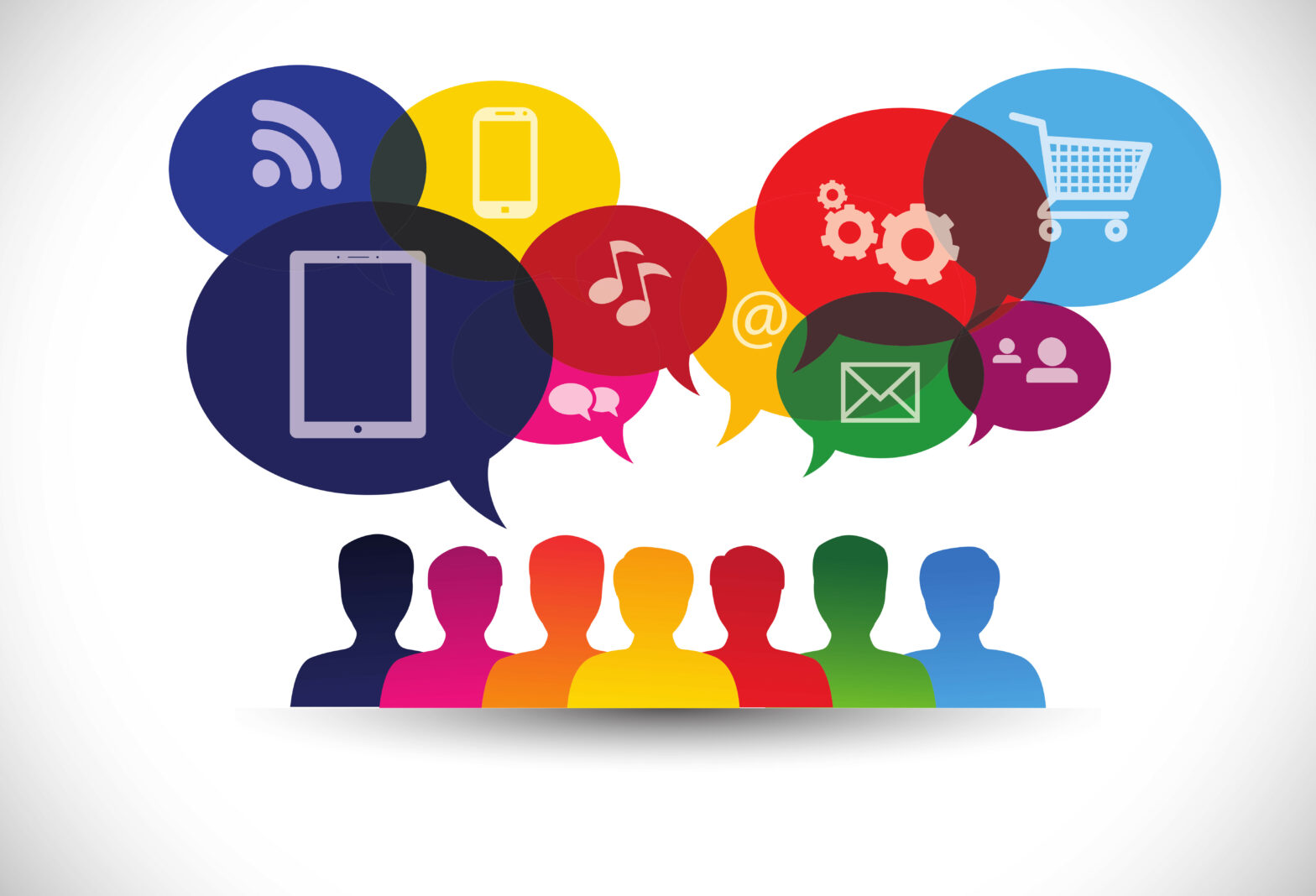Social media isn't just a new customer service channel. It's the most prominent indicator of the imminent revolution in C2B and B2C communication. In today’s real-time economy, enterprises can no longer afford to have a closed-off existence, relying on call centers or emails, or a lag in their response to feedback, inquiries or complaints.
Social media is reversing the power dynamic by amplifying consumer voices and putting customers in a position of power. The businesses that will survive and thrive in this revolution are those that recognise the shift and adopt practices to integrate social media into a multi-channel approach to customer interaction.
How the enterprise adopted social
At first, social media was seen as simply another broadcast channel. Marketing departments appeared to be a natural fit, where companies could blast mass-marketing messages to their loyal followers. They took to Twitter and Facebook with ad campaigns, contests and giveaways. Next, enterprises realised that social media was a perfect way to access customer opinion and market statistics. They harnessed social media with sentiment analysis and market analytics tools. Then the customers started to talk back.
> See also: How to become a social enterprise
While many enterprises saw this change and have attempted to adopt social media as a customer service channel, many have continually made the mistake of treating social media as an isolated channel, much the same as phone and email. They expected to use specific social media channels for marketing, for example, and only encounter issues that could be handled by a marketing team. But when things went askew and complaints or questions rolled in by the handfuls, marketing was ill equipped to handle things effectively.
Social media has a distinctly different communication style and associated customer expectations compared to other customer service channels. Social media channels suited for customer service, marketing, customer feedback, technical support and more, all concurrently. Much of the software on the market, however, caters only to individual purposes, leaving teams unable to handle the modern expectations of the socially-savvy customer.
The real-time consumer
We are living in an ever-accelerating, real-time digitally connected mobile world, one in which customers are empowered through access to information and to one another, anywhere, anytime. In 2013, social and messaging app growth outpaced all other categories, growing by more than 200% year over year. This new way of communication goes hand in hand with new expectations. People get annoyed when they send a real-time message to their friends and don’t receive a near-instant response. Those same communication expectations are being carried over to social media communications with brands, as consumers are actively reaching out with questions, feedback, kudos and complaints.
Customers now expect real-time responses from enterprises on social media, and enterprises are trying to figure out how to most efficiently handle it, especially in high volumes. Many often do not have the tools to meet these consumer expectations. Consumers respond on channels intended solely for marketing purposes and find businesses unable to assist them, as they are unprepared to deal with social media in the same ways they've learned to deal with phone and email.
Empowered by the growth of mobile, universal availability of information and increasing international competition between enterprises, consumers are now making demands. Consumers realise their newfound power and are telling enterprises which channel they want to use to voice their complaints, and when and within what timeframe (spoiler: it's 'always' and 'now') they should get a response.
The call for the customer-centric enterprise
Enterprises need to truly become customer-centric, since the consumer is already showing signs of forcing the enterprise to put them first. If a brand does not comply, if a brand pushes a customer to a different customer service channel, or if a brand simply doesn’t engage fast enough, the consumer has choice aplenty and will reach out to competitors who will answer and service them according to their demands.
It is a terrible realisation of customer service standards and practices still going on today that customers still deal with long call hold times, delayed responses to social media and even emails, and no consistent record of their conversations across channels, forcing them to tell and retell their story to one customer service representative after another until finally (hopefully) getting their issue resolved.
How will the modern enterprise cultivate a real-time, one-on-one, proactive and reactive, unified and consistent customer-centric operation with its individual customers, across any channel, device, and at-scale?
This is one of the most important questions enterprises will have to face in the next few years.
In the near future, case and channel-based customer service management will become a thing of the past. Customers don’t see their relationships with brands in terms of tickets, calls or cases. Enterprises need to become truly customer-centric, and map and cultivate relationships with individual customers.
> See also: Inside EE's social command centre
Enterprises should not just be thinking about adding a workflow or a specialized team for social media customer service. Instead, they need to start preparing for a new standard and build a completely new customer experience, workflow and strategy. They need to create a completely new way of delivering a consistent, real-time, one-on-one unified customer experience to their consumers.
Sourced from Davy Kestens,Co-Founder & CEO of Sparkcentral







